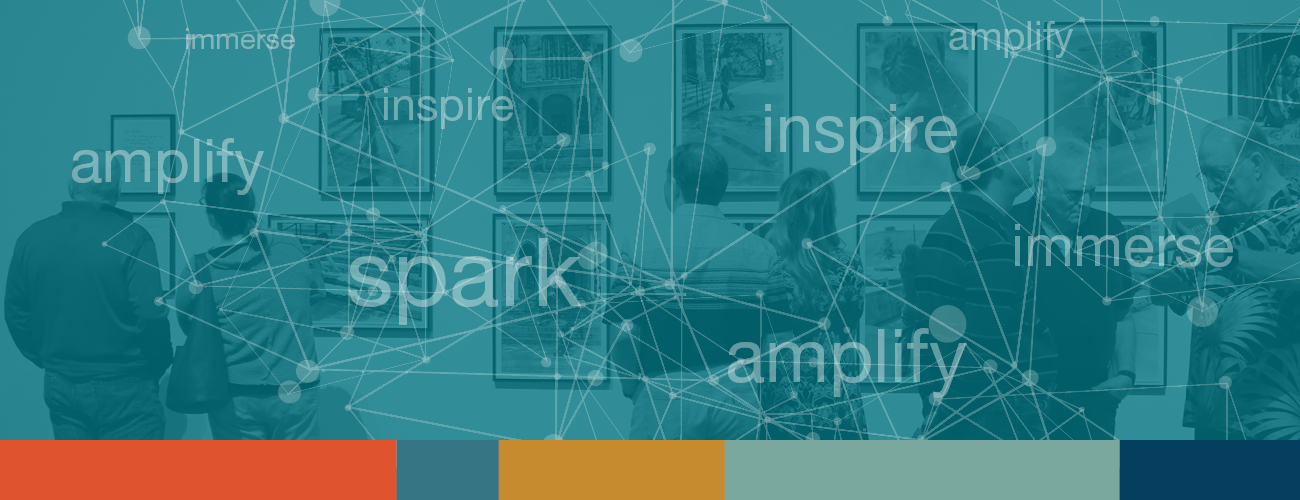Bollinger Atelier: Local Fabricator Highlight, Part 2
For the last 25 years, Bollinger Atelier, located in Tempe, has offered informal and formal paid internships for students from Scottsdale Community College (SCC) and Arizona State University (ASU). Bollinger receives referrals from both schools for new hires and entry-level positions and currently boasts a workforce of artisans who have graduated from SCC and ASU. Our community benefits greatly by having a local business employ local students and artists to create artwork showcased in Arizona, as well as nationally and internationally. This, in turn, contributes to the local economy and enhances tourism. Check out our previous blog post to learn more about Bollinger Atelier and the public artworks they have fabricated in Scottsdale.
Since 2000, Bollinger Atelier has provided more than forty internships to students from ASU. These internships offer valuable, hands-on experience that bridges the gap between academic learning and real-world application of their skills, benefiting both the students and Bollinger Atelier. Currently, Bollinger Atelier has two ASU students engaged in internships: one in the 3D department and the other in metals management. Both students possess skills in fine arts, sculpting, and photography.

One of the supporters of Bollinger Atelier is Mary Neubauer, a professor at ASU, who routinely refers students and graduates to apply for both internships and employment. Neubauer will teach foundry research and casting methods in the fall 2024 semester and recently spent a month in Italy working on the Digital Stone Project. As an artist, Neubauer is also working with Scottsdale Public Art on a new permanent public artwork at the Ashler Hills Neighborhood Park in north Scottsdale and is expanding the geographic reach of her artwork Traceries in the Old Town Scottsdale area.
Neubauer collaborates with SCC professor Ted Uran on iron pours twice a year—Neubauer for her foundry research and casting methods class and Uran for his sculpture course. These iron pours are mid-term assignments, with Uran hosting during the fall semester and Neubauer during the spring. After going through Neubauer’s and Uran’s courses, students are encouraged by both professors to apply to Bollinger for an internship or for part-time work to further their hands-on experience. Prior SCC students have been able to use work hours at Bollinger as credit hours.

Photo: Bollinger Atelier.
Further strengthening the bond between Bollinger Atelier and the valley’s local educational institutions, Christopher Luper, Bollinger’s pour captain, is also an associate professor at ASU, teaching foundry casting and research methods courses in spring 2024. Luper collaborated with Scottsdale Public Art in 2022 on a temporary public artwork, Fragmented Reflection. Luper’s recommendation is for students to intern several eight-hour days per week if possible; he has found that students retain, innovate, and gain more experience through internships rather than a typical course. According to Luper, “This is a field where hands-on experience teaches you more about the job than textbook knowledge will.”
One former Bollinger Atelier intern, Anne Sipos, was referred to the internship by Luper, who taught Sipos during her first semester of foundry at ASU. Sipos pursued a major in sculpture with a minor in film production, focusing creatively on sculpture, especially metal casting. Reflecting on her internship experience at Bollinger, Sipos said, “If you take on the role of being a learner and a helper, you’ll see how much there is to learn, and that makes each day at Bollinger so unique and humbling. If you’re thinking of applying, I would encourage you to!” Sipos now holds the position of metal shop studio and metal assistant at the Bollinger Atelier Mulberry location.

Ron Lyons and Vanessa Windes also transitioned from ASU to join the Bollinger Atelier crew. Both Lyons and Windes currently lead the Wax Department and began full-time roles at Bollinger immediately after graduation. Lyons majored in sculpture and currently pursues illustration on the side. Windes double majored at ASU, earning bachelor’s of fine arts degrees in ceramics and small metals, and, like Luper, advises new students in the field to “learn as much as you can about this profession in school by physically doing it.”
It is inspiring to see businesses like Bollinger Atelier embrace the talent of the local population, actively training and providing hands-on experience to students from ASU and SCC. If you are interested in exploring foundry casting as a profession or are looking to hire Bollinger Atelier for a public art project, please reach out and contact them!
Back to Immerse home.
CONNECTIONS: Spark | Amplify | Inspire



